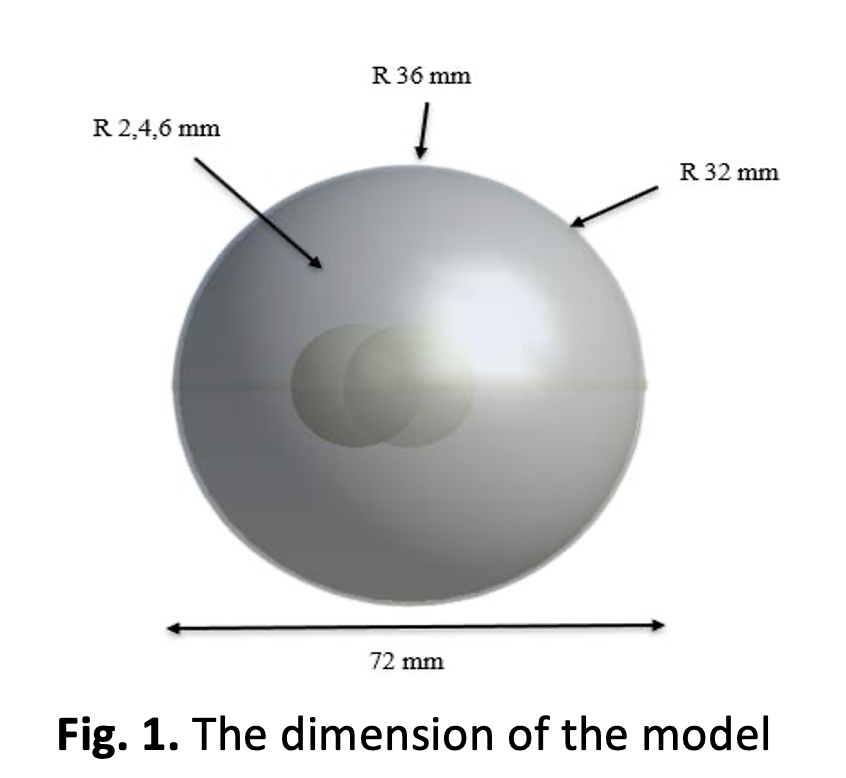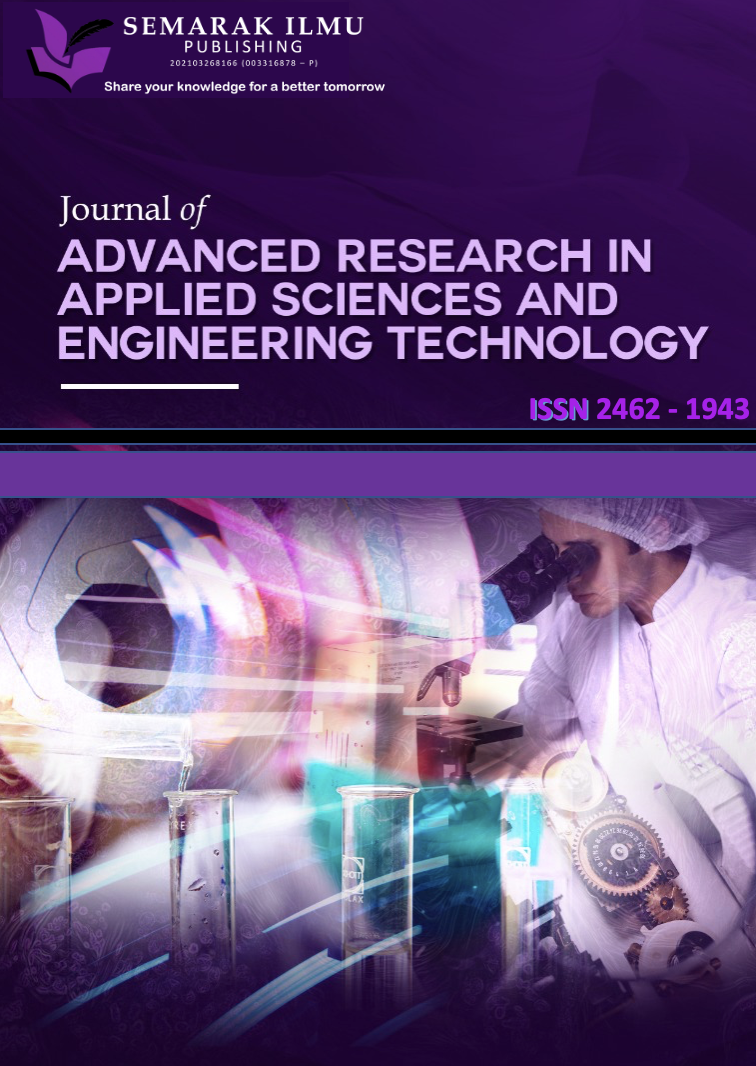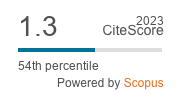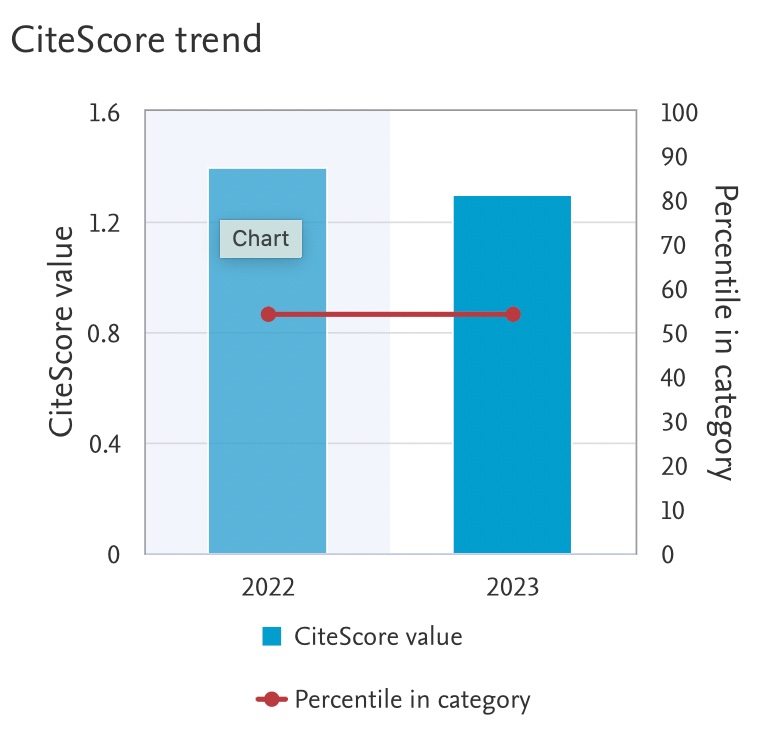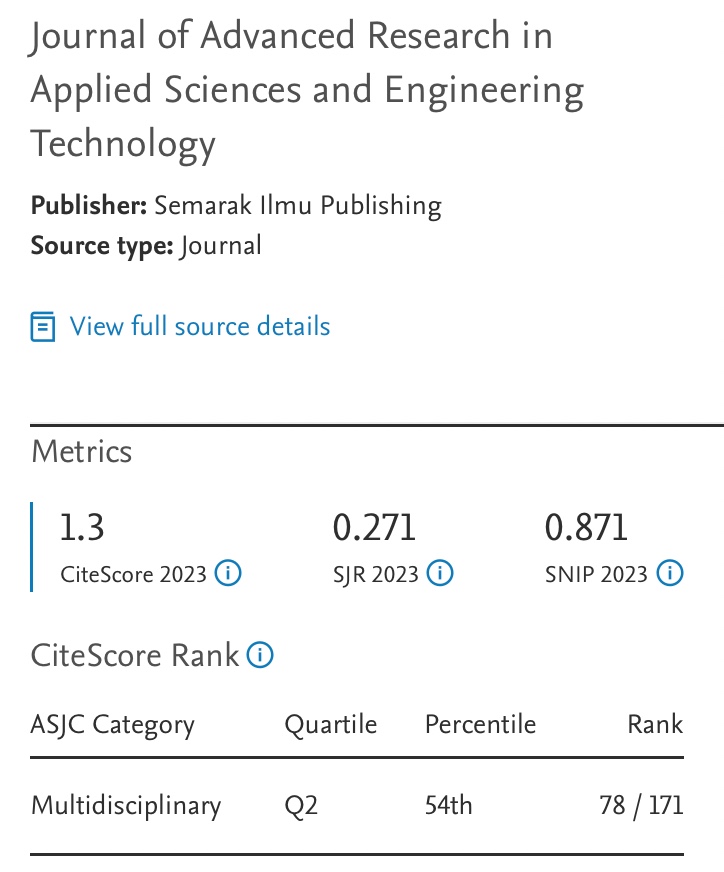Analysis of Heat Propagation on Difference Size of Malignant Tumor
DOI:
https://doi.org/10.37934/araset.28.2.211221Keywords:
Malignant Tumor, Heat Propagation, CFDAbstract
Cancer is one of the leading causes of death in Malaysia as reported by the Malaysia National Cancer. Statistical data showed that breast cancer has the highest percentage over the other cancers in Malaysia Treatment such as hyperthermia therapy is introduced as an alternative treatment to increase the efficiency of radiotherapy and chemotherapy. This procedure exposes the malignant tissue to a high temperature between 40 to 44 degrees Celsius This study focuses on how different heat sources affect the heat propagation of malignant breast tumours. The malignant breast tumour of different sizes also will be considered in this study. The heat propagation was simulated using the computational fluid dynamic (CFD) method. Infrared sources are imposed in this study. The transient Pennes Heat equation is also applied to solve the heat generation Velocity and pressure in the blood vessel have no significant changes for all models. In summary, this study will predict the hyperthermic heat propagation efficiency onto the malignant tissue as well as predict the optimum heat generation on the malignant tumour.
Downloads
